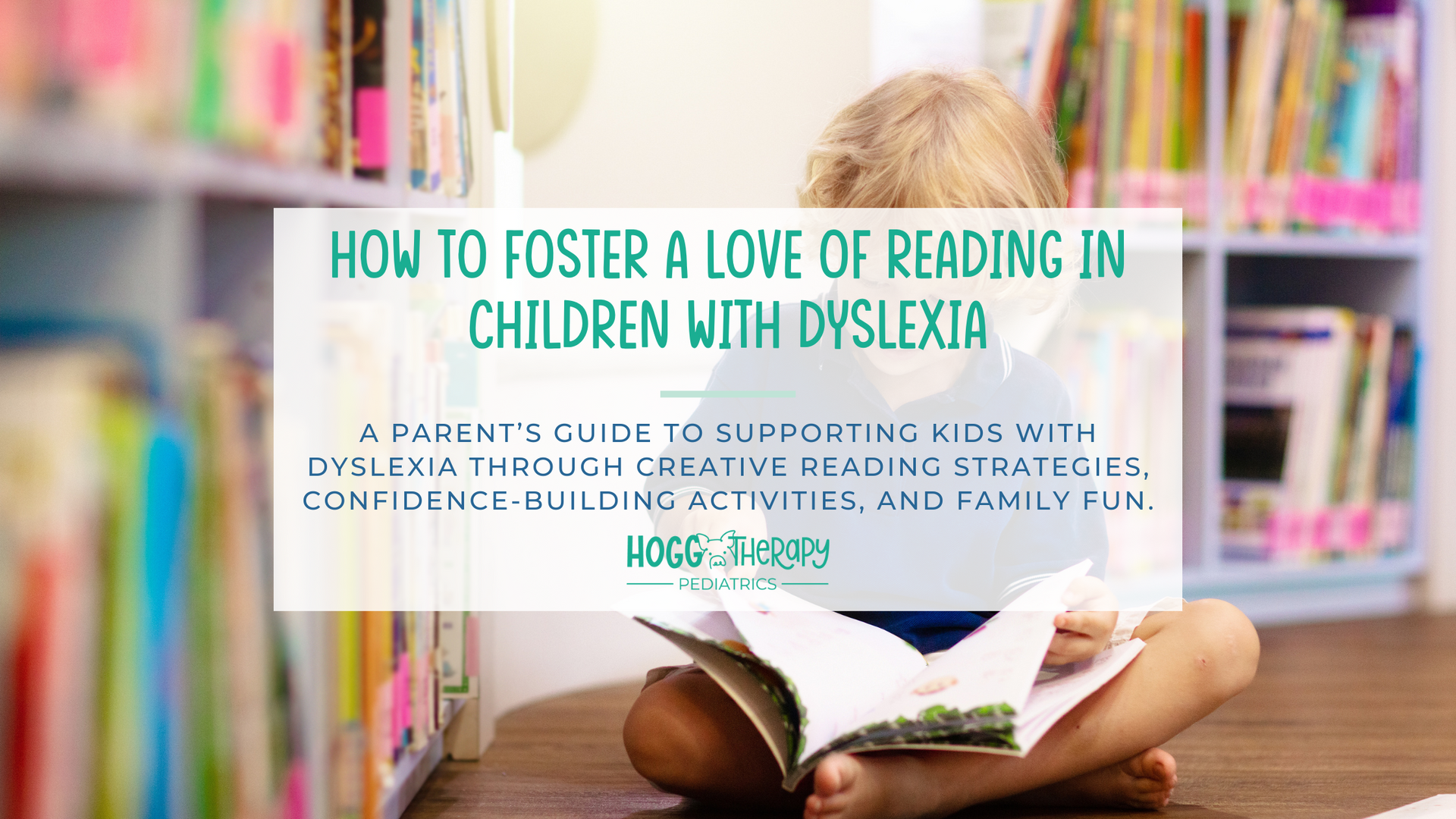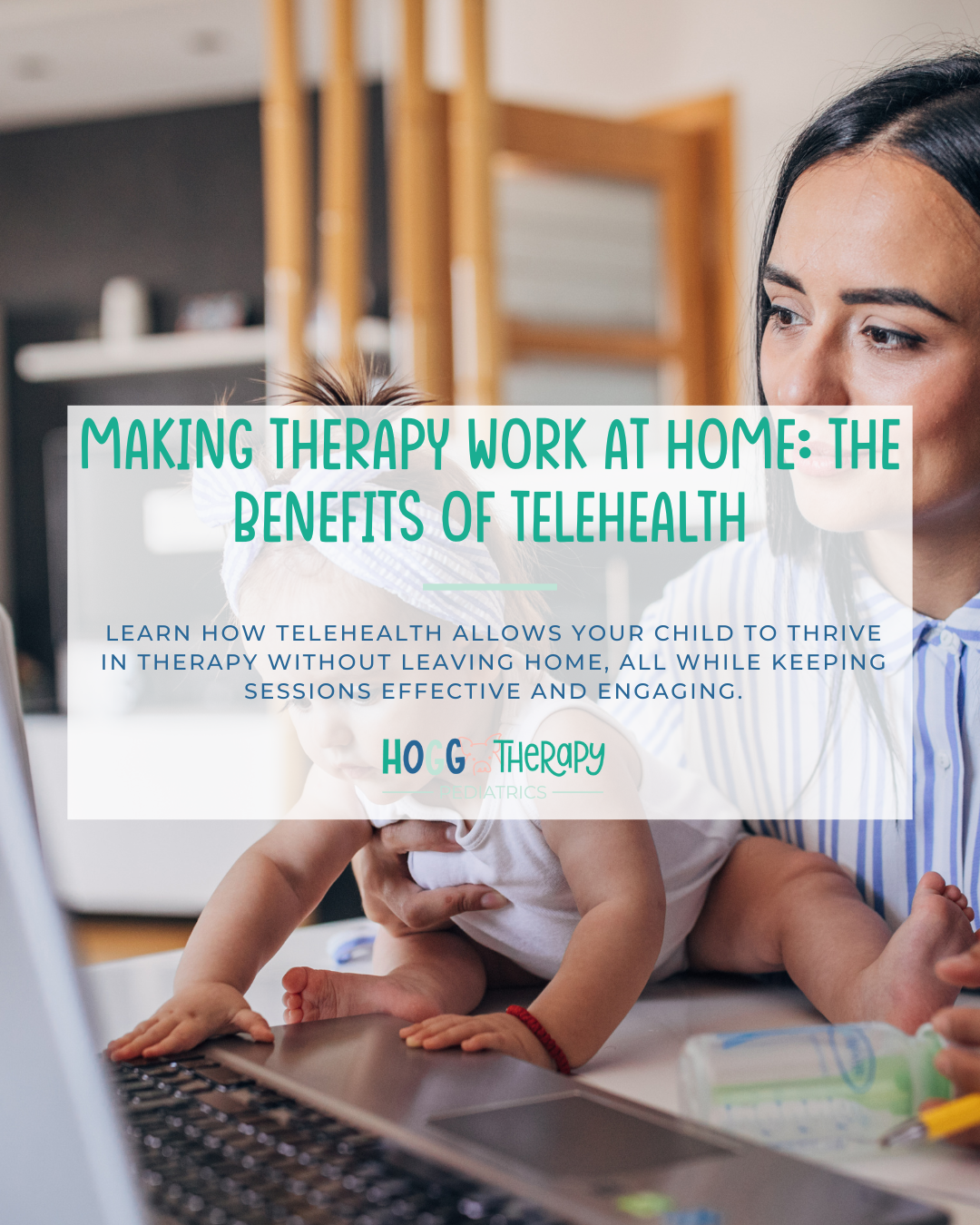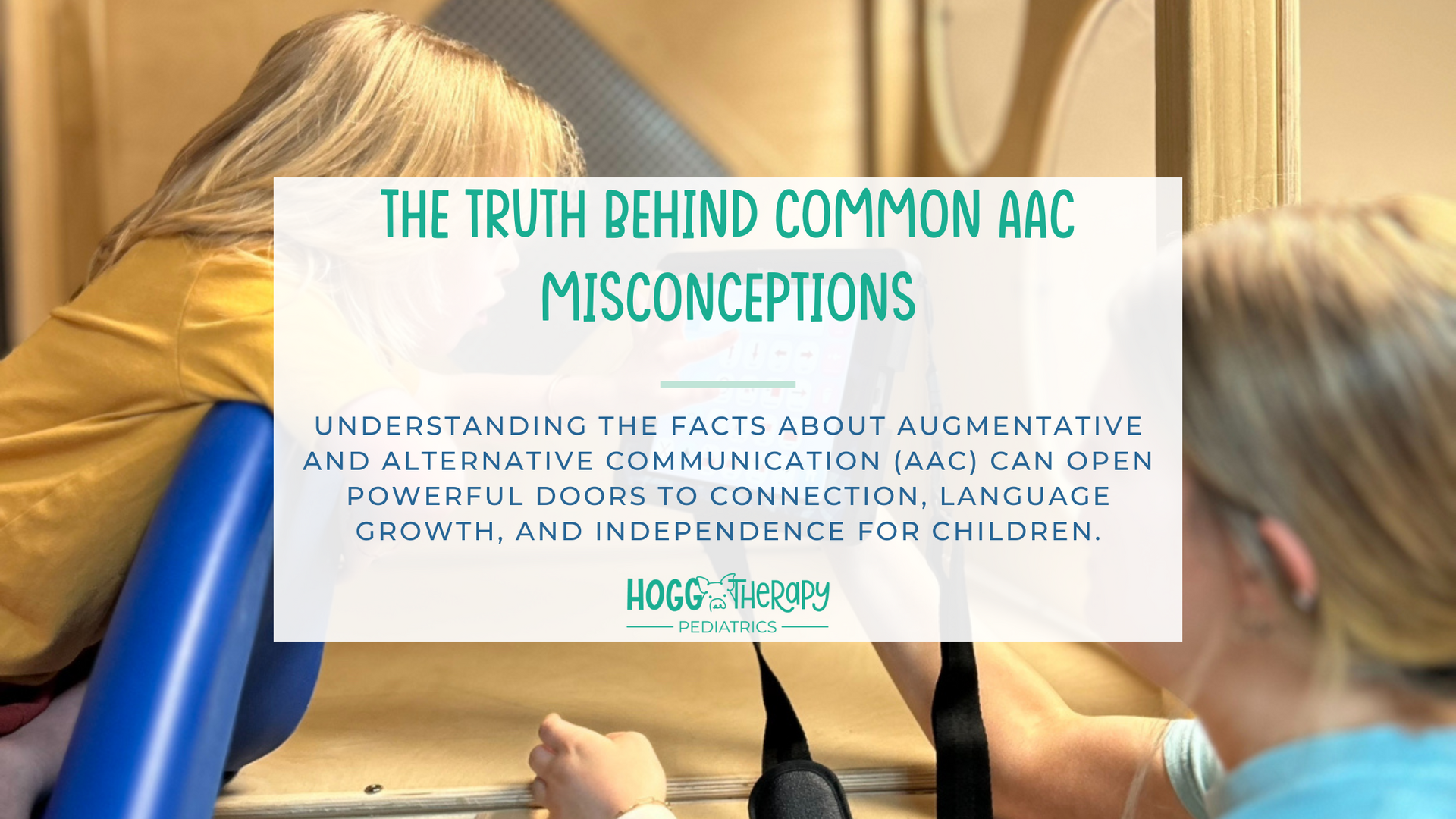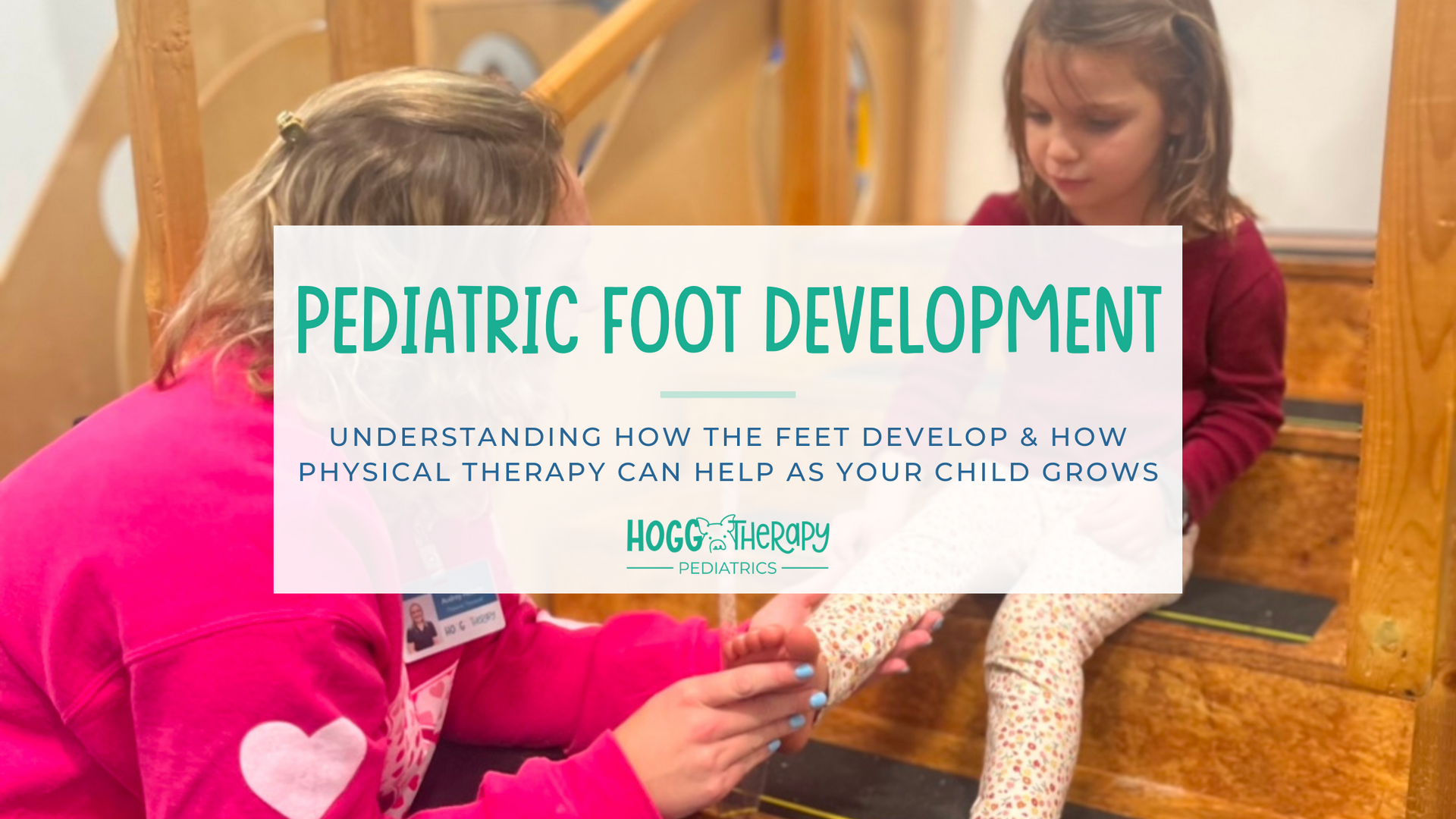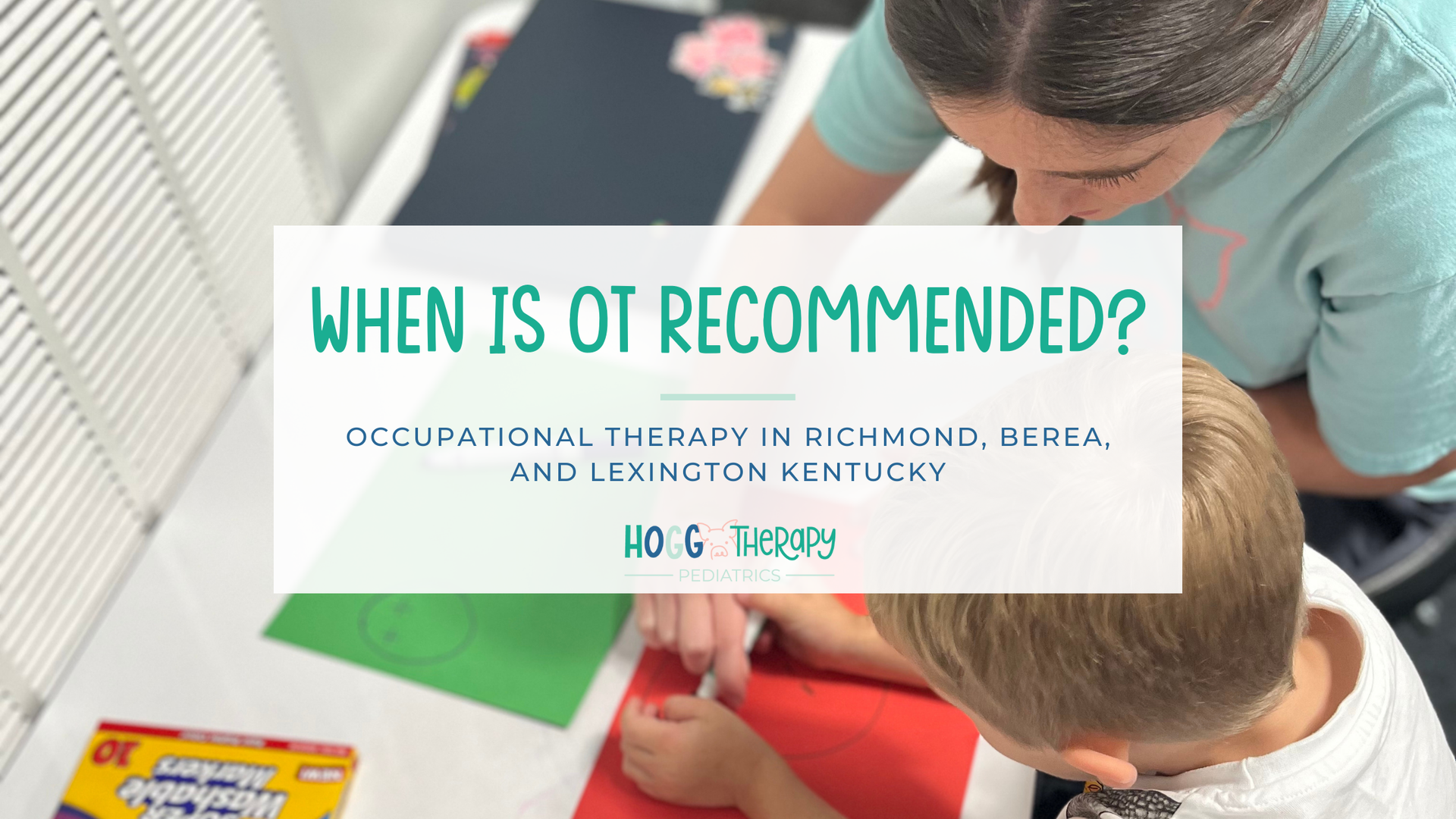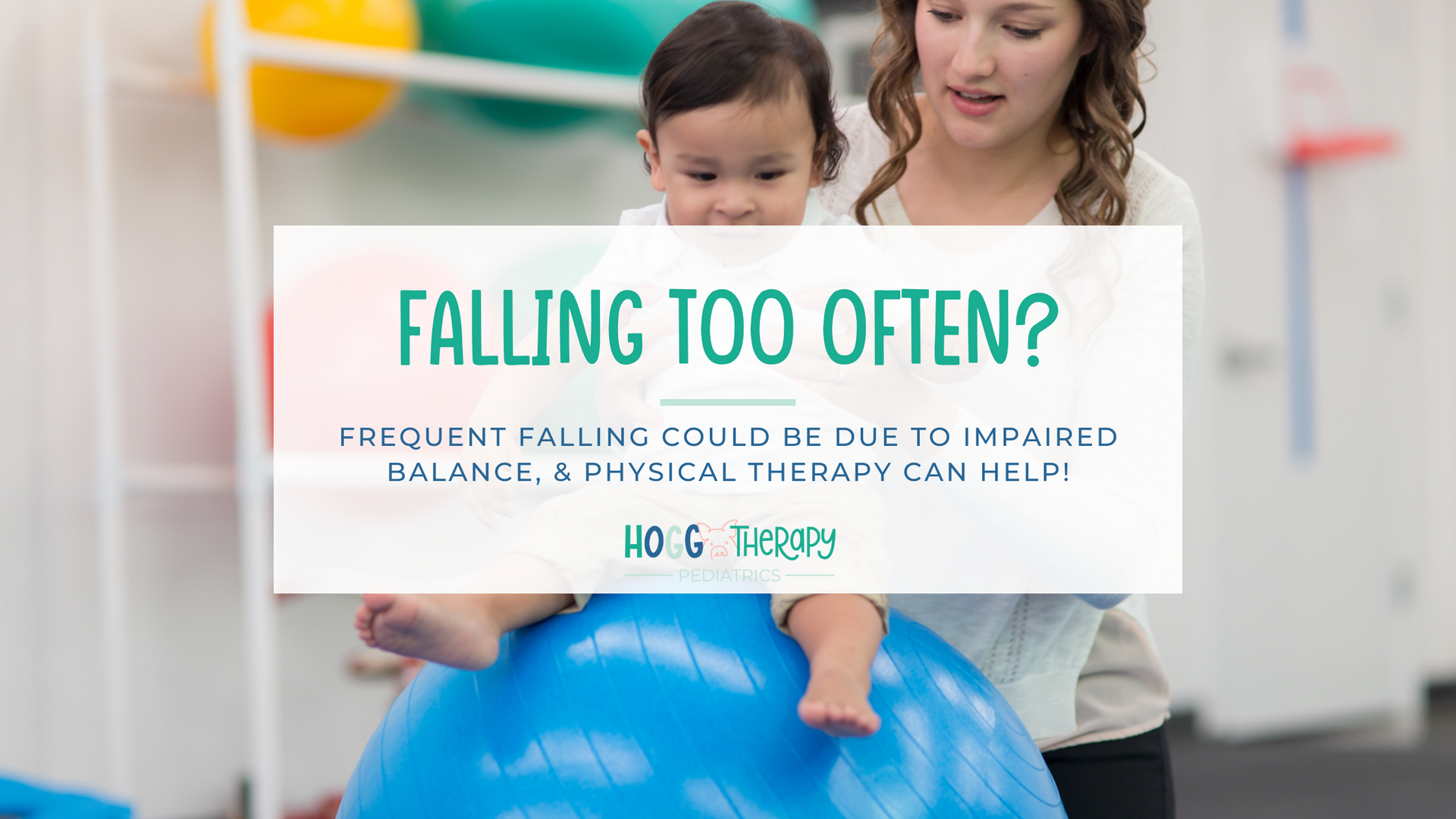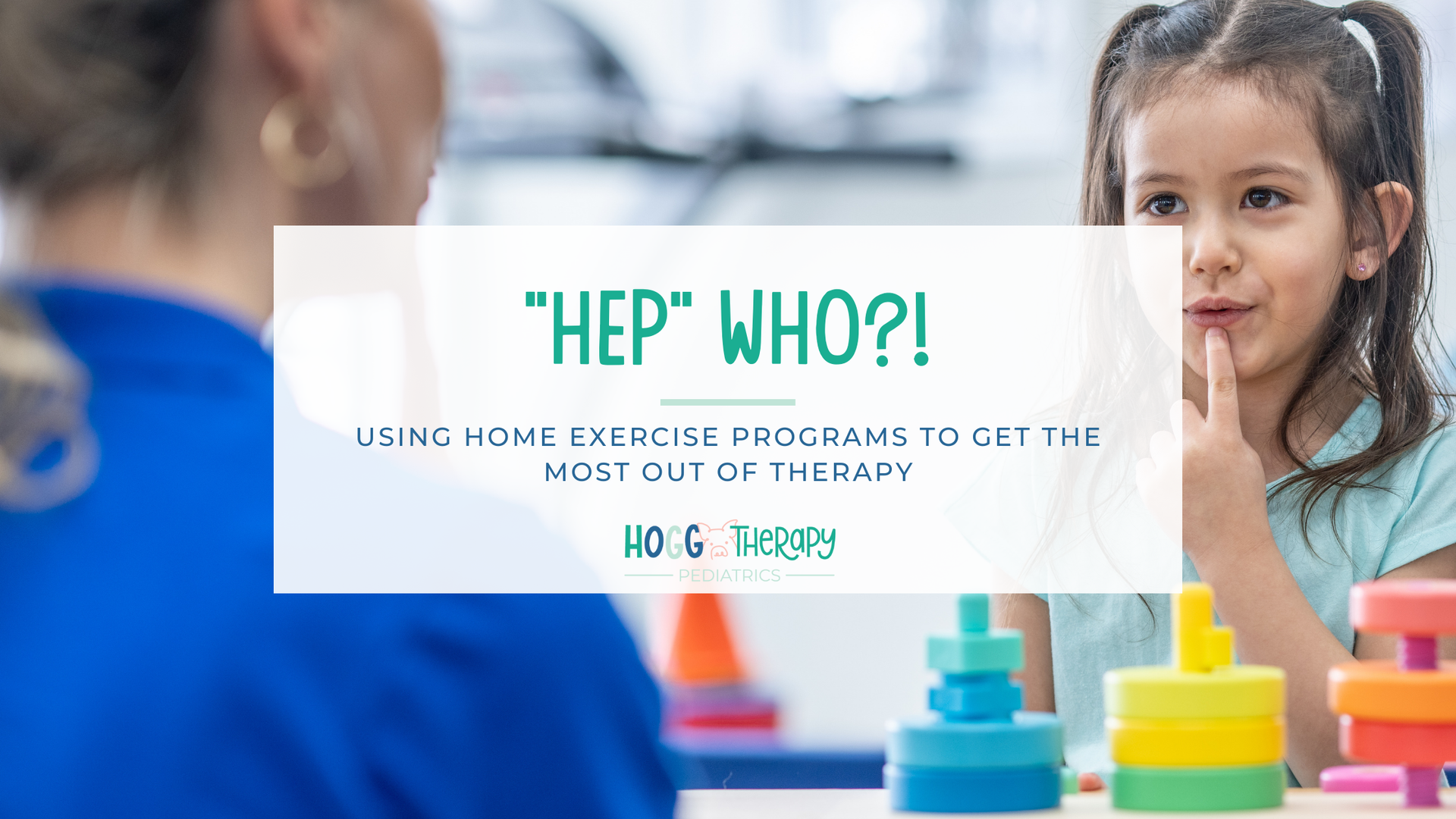Seating for Success: Proper Positioning for Virtual Learning
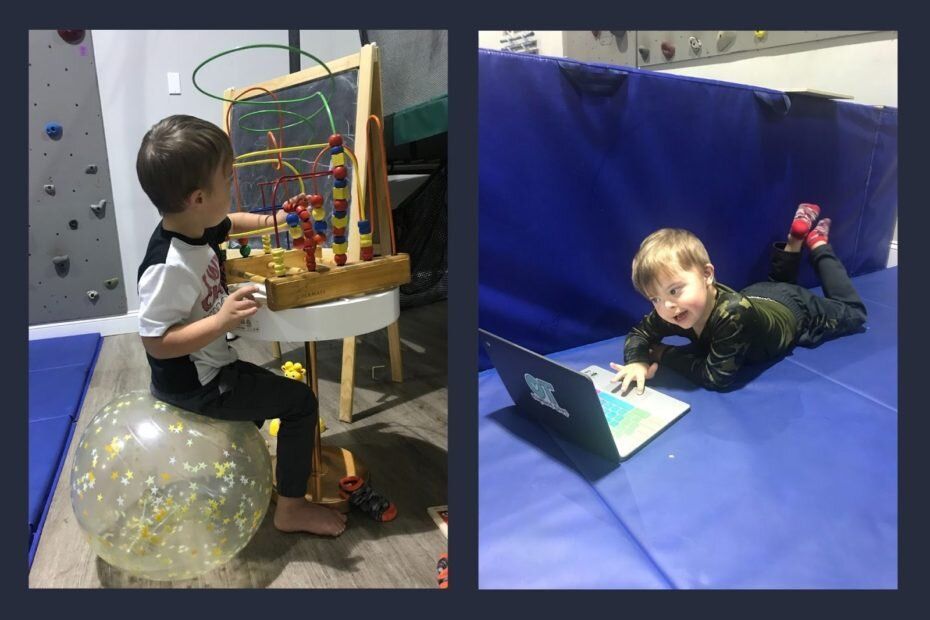
Although the COVID-19 pandemic will eventually end, distance learning and teletherapy are here to stay. If you have a child who uses either of these tools, you can set them up for success by providing them with appropriate positioning supports for sitting at a desk or table during virtual learning.
In order for our kids to have good use of their arms and hands to do things like writing, coloring, cutting, or typing, their arms need to be properly supported by their core, or trunk. When their trunk is weak, tired, or has inadequate positioning supports, it can be very difficult for them to use their arms and hands effectively. Either most of that energy goes toward maintaining their sitting posture with little energy left for using their arms, or poor positioning is preventing their arms from getting where they need to go.
So in order to promote our children’s fine motor skills and learning, we need to promote their posture through appropriate positioning:
- An easy tool to help you make sure your child is positioned properly at their desk is the “90-90-90” rule: the hips, knees, and ankles need to be positioned at 90-degree angles.
- You want to make sure your child’s computer screen is positioned at eye-level for them. If it is too low, it will cause your child to have to flex their neck to view the screen, putting a lot of pressure on their spine.
To help achieve your child’s positioning needs, you can use things around the house to serve as foot rests, risers for electronic devices, and comfortable but firm back support. My friend Mason has modeled some examples below!
Sitting in one position for a long time can be hard for kids! If your child needs a break from sitting in a chair, a couple of alternative seating options include sitting on an exercise ball or lying on the floor.
- Sitting on an exercise ball allows kids to receive much-needed sensory input from wiggling or lightly bouncing, and works to strengthen their core muscles at the same time. Win-win!
- Lying on their stomach to engage in virtual learning or school work allows kids to extend their neck and trunk muscles, providing a much-needed break from the flexion pattern that occurs when seated upright. This also works to strengthen their neck and trunk extensor muscles. Another win-win!
Thank you for taking the time to learn more about positioning your child for success during virtual learning. And thank you, Mason, for showing us how it’s done!
Check us out on Pinterest!



